Belgium Navy
The Belgian Navy is the smallest service in the country by far, with only about 4,500 regular members and an equal number of reservists. Unlike their Dutch, French and British neighbors, the Belgian Naval Force (the official name until 2002) does not have a centuries old tradition of exploring the globe; but has a much shorter and humbler history. Within NATO they focus on keeping the English Channel and key ports of North West Europe clear of mines.
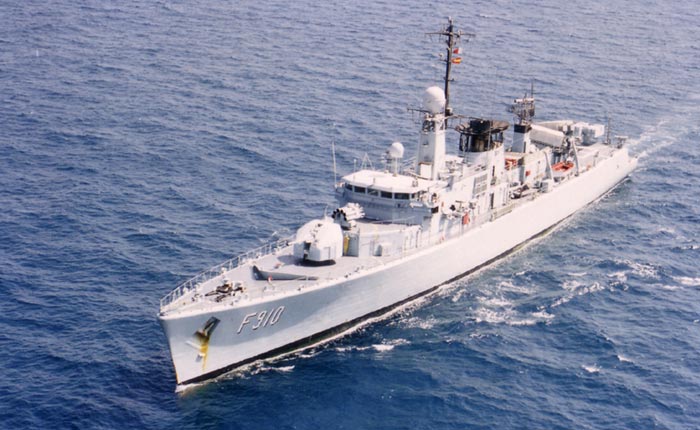
Frigates
The four Anti-Submarine Warfare (ASW) Frigates of the Wielingen class are quite modest in size and armament. At 2,200 tons with a single 100mm gun, a single Sea Sparrow air defence missile launcher (eight missiles), four Exocet anti-ship missiles and ASW weapons, these ships have limited employability in a high threat area. All are base at Zeebrugge. F 913 Ran aground in 1988 while on an exercise in Norway, as a result she was repaired in dry dock and deployed again in 1992, but was the first to suffer from the ‘Peace Dividend’ and was decommissioned sometime between 1993 and 1995 (references vary). She is still on active duty in Northern Fury.
| Pennant | Ship | Status | Location | Task |
|---|---|---|---|---|
| F 910 | Wielingen | Active | Tied Up | |
| F 911 | Wandelaar | Active | Atlantic | STANAVFORLANT |
| F 912 | Westdiep | Active | Atlantic | |
| F 913 | Westhinder | Active | Atlantic |
Mine Warfare Ships
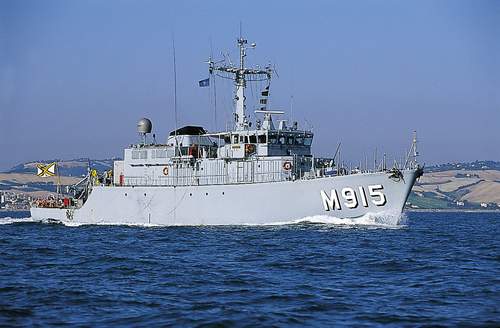
Tripartite Class was a joint venture between Belgium, France and the Netherlands to build an affordable, robust and interoperable costal mine hunting ship using modern technology and methods. Belgium purchased 10 of these versatile little ships and bases them at Ostend. Each operates two PAP 104 Remotely Operated Vehicles (ROV) which hunt for mines and can either cut their cable or blow them up in place.
| Pennant | Name | Location |
|---|---|---|
| M 915 | Aster | Ostend |
| M 916 | Bellis | Djibouti |
| M 917 | Crocus | Ostend |
| M 918 | Dianthus | North Sea |
| M 919 | Fuchsia | North Sea |
| M 920 | Iris | Channel |
| M 921 | Lobelia | Djibouti |
| M 922 | Myosotis | Channel |
| M 923 | Narcis | Ostend |
| M 924 | Primula | Channel |
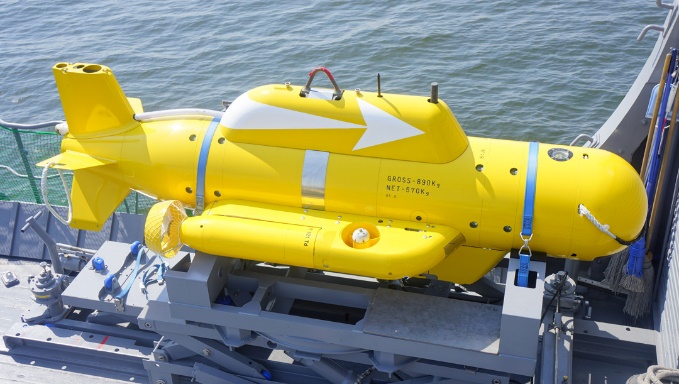
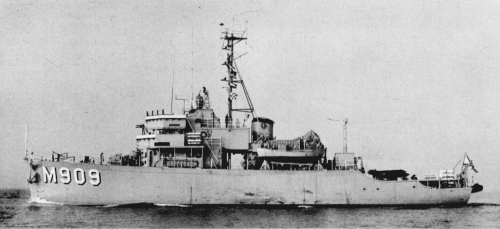
Aggressive (or Agile) Class is a much more traditional Ocean Minesweeper but with added high frequency sonar to allow it to hunt mines as well. They may be able to hunt and find mines but must still rely on World War One era sweeping gear to destroy the mines. They have wooden hulls and are constructed of non-magnetic materials. Built by the US in the 50’s, four of the original six vessels survive and there were two more acquired from Norway in 1966. They are based at Zeebrugge.
| Pennant | Name | Location |
|---|---|---|
| M 902 | Van Haverbeke | North Sea |
| M 903 | Dufour | Skagerrak |
| M 904 | DeBrouwer | Zeebrugge |
| M 906 | Breydel | North Sea |
| M 908 | Truffaut | Zeebrugge |
| M 909 | Bovesse | Zeebrugge |
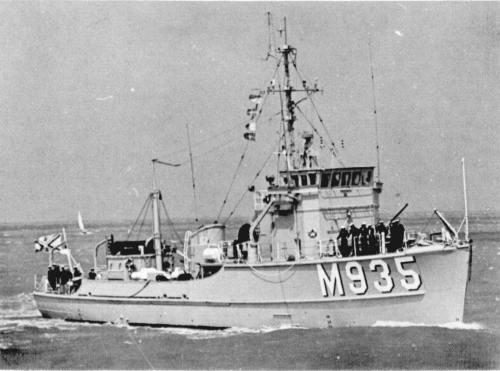
Adjutant Class also date from the 50’s. Built in Belgium with American machinery, the three remaining examples of this class, originally 18 strong, are nearing the end of their useful life. Several others remain in service after conversion to other purposes. All Three are laid up at Zeebrugge.
| Pennant | Name | Location |
|---|---|---|
| M 930 | Rochefort | Zeebrugge |
| M 932 | Nieuwpoort | Zeebrugge |
| M 933 | Koksijde | Zeebrugge |
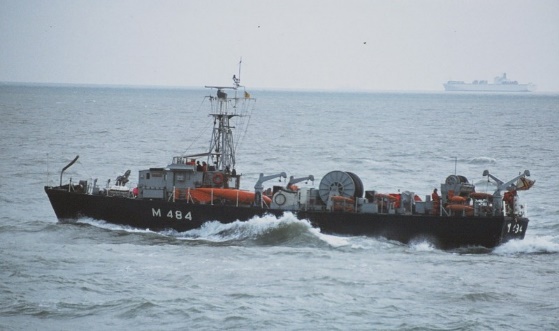
Herstal Class Inshore Minesweepers was based on the British Ham class and also hail from the 50’s. The remaining seven are laid up in reserve at Antwerp.
| Pennant | Name | Location |
|---|---|---|
| M478 | Herstal | Antwerp |
| M479 | Huy | Antwerp |
| M480 | Seraing | Antwerp |
| M482 | Visé | Antwerp |
| M483 | Ougrée | Antwerp |
| M484 | Dinant | Antwerp |
| M485 | Andenne | Antwerp |